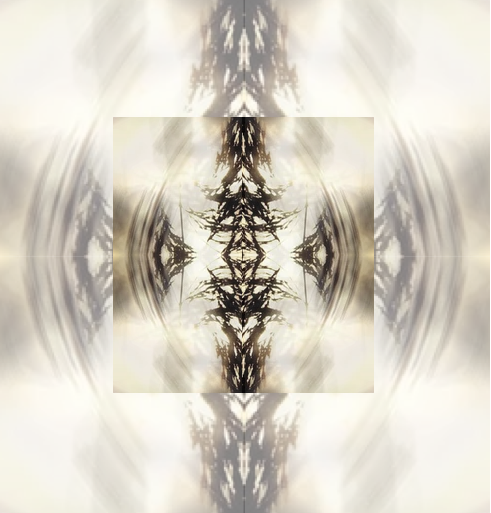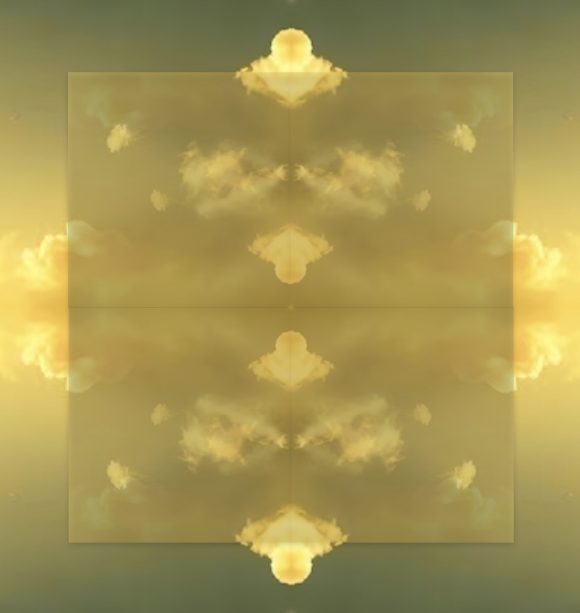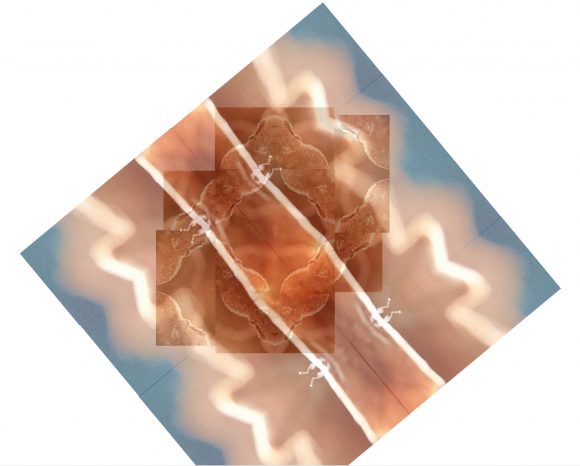If archetypes are patterns, the obvious question is: patterns of what?

1. In my earlier post I have already drawn on a parallel that Jung uses to illustrate archetypal patterns: they are similar to biological instincts (which, obviously, are patterns of observable behavior, but are likely to include the psychology of an organism as well). What is patterned there is an entire process, rather than individual bits of behavior. So, analogously, if archetypes are patterns of psychological operation, what follows the pattern is the overall process itself, not (say) individual psychological contents such as memories or perceptions.
This is confirmed by remarks Jung sometimes drops, such as this one: “the Rex [the King symbol] is, like every archetype, no mere static image, but signifies at the same time a process or dynamic sequence, […]” (GW XIV/II, §8). That the archetype is “no mere” static image implies, of course, that it is also a static image, which in my reading refers to the King as a symbol: as a symbol, the King is an image, but what the symbol means, i.e. what it symbolizes, is rather a process.
It also aligns with Jung’s view that symbolic expressions can itself be rather complex, processual structures, namely: narratives such as myths or dream sequences in which some “drama” unfolds. As symbolic expressions for archetypes these may in fact be more appropriate than the more static forms (such as a symbolic diagram or a personification image). However the case may be, what is symbolized is a pattern of psychological processes, i.e. a shape or structure which these processes repeatedly take.
2. There is a second, less obvious question. What we mean by a pattern is usually something like a certain shape or structure which we repeatedly observe. What, precisely, are these repeated occurences which we observe here? (And out of which we extract the recurring shapes or structures?)
We have seen that it is something like ‘psychological processes’ which are patterned here. But this is still rather vague. Are these processes observed from the first person perspective (i.e., introspectively), or from a third person perspective — which latter excludes observations of such things as memories or emotions, and restricts us to behaviors (including speech)? Are they observable in one sitting, or can they be processes which stretch over long periods, even a person’s entire life (in other words: do we include biographical patterns in addition to more narrowly situational behavior)?
(Note that this is not the same as asking how the relationship is supposed to look between such patterns, i.e. archetypes, and their symbols, which can be images, personifications, and entire narratives. We’re still merely trying to delimit the notion of a psychological process itself.)
Considerations such as these demonstrate how elusive and obscure the idea of an identifiable, objectively observable pattern of psychological processes (i.e.: the idea of an archetype) really is. We have to rely on the subject’s reports of subjective experience for the most part, and that is shaped not just by their experiences, but obviously also by their acuity of perception, accuracy of memory, and command of vocabulary. Reports from different subjects are difficult to compare. And frequently they do not match up with third-person observation of their behavior.
And even if we could develop a well-defined notion of archetypes and had quantified data of instances in actual subjects under experimental conditions, it would not follow that these archetypes would then have the third-realm metaphysical status that Jung’s Platonistic account ascribes them.
3. It’s possible, however, that we’ve missed something here. Perhaps there should be an additional criterion to the notion of an archetype.
Let’s suppose, for the sake of interpretation, that we could identify patterns of psychological processes empirically (that is, in an intersubjectively verifiable way, not merely on Jung’s say-so). Suppose further that not all of them are relevant, or meaningful to the subject, given their current life situation, self-view, and the like. But if a pattern is actualized which in fact is meaningful to them (i.e. when a psychological process, following that pattern, rolls off that has this property), it is usually (in a statistically measurable sense) accompanied by a peculiar phenomenology, a certain subjective quality.
Given this additional criterion we could isolate those patterns which are archetypal (meaningful) from those which are not, and we would be, from the point of view of empirical investigation, not worse off than we already were (partially relying of reports of subjective experience).
And in fact, Jung almost invariably points to such a phenomenological quality of ‘archetypal’ experience: he points out that archetypes are experienced with a feeling of ‘numinosity’. (A term borrowed from theologian Rudolf Otto.)
If this line of thought is correct, then the notion of an archetype shares this complication (from a methodological point of view) with the notion of synchronicities: the latter are defined as coincidences which are perceived as meaningful by a subject, and that latter clause makes the phenomenon so difficult to describe and so ephemeral for empirical investigation.




[…] the collective unconscious as a set of patterns, called archetypes, of psychological processes. (Processes, not states.) A subject’s psychology may, in a given situation, start to conform to such a pattern. This, I […]
[…] unconscious are psychological patterns we can observe, and that means, specifically, repeating patterns of psychological processes (not states). An archetype thus represents how we (human beings) typically live through and experience certain […]
[…] but unwanted stuff has accumulated. (We all have such a shadow, in other words: there is a pattern of that dynamic which we all fit. That archetypal pattern is consequently called the “archetype of the shadow”. […]
[…] chaotic life, there is a hidden meaning. More precisely: chaotic life is represented by the anima pattern, and sustained engagement with that archetype leads to the discovery of such […]